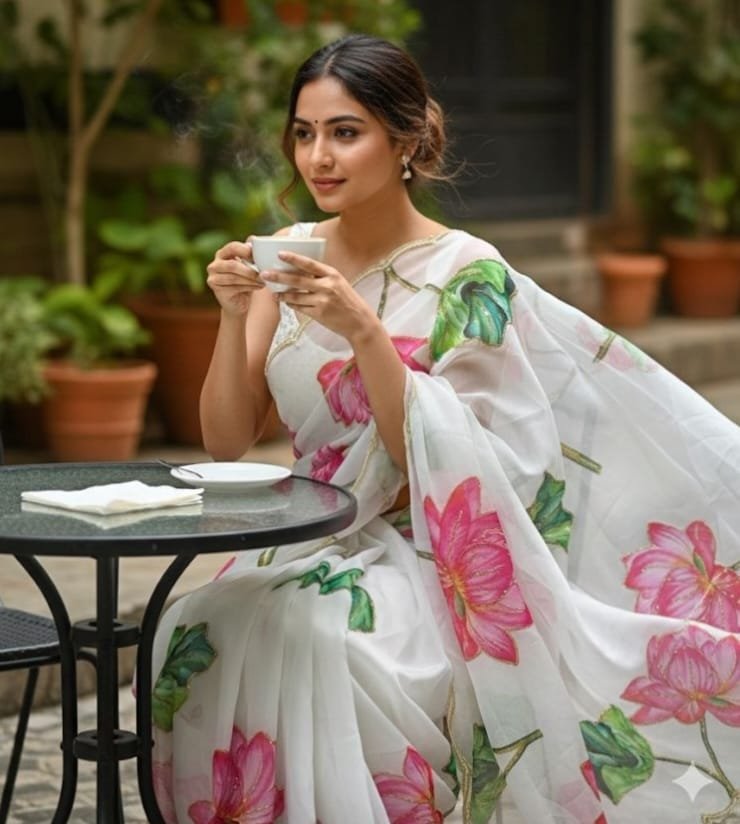Introduction:
India, with its rich cultural heritage and diverse traditions, has witnessed a fascinating evolution in women’s fashion over the years. From traditional attire deeply rooted in history to modern interpretations influenced by global trends, Indian women’s fashion has undergone a remarkable transformation. In this blog, we explore the dynamic changes shaping women’s fashion in India, highlighting the key trends, influences, and factors driving this evolution.
- The Rise of Fusion Fashion:
One of the most prominent trends reshaping women’s fashion in India is the emergence of fusion wear. Blending elements of traditional Indian attire with contemporary styles, fusion fashion offers a refreshing twist to classic ensembles. Whether it’s pairing a traditional saree with a trendy crop top or mixing ethnic motifs with Western silhouettes, fusion wear celebrates the harmonious coexistence of tradition and modernity. - Celebrating Individuality with Western Influence:
With the advent of globalization and increased exposure to Western culture, Indian women are embracing Western fashion trends like never before. From chic dresses and tailored suits to denim jeans and graphic tees, Western-inspired clothing has become a staple in the wardrobes of urban Indian women. This shift reflects a desire to express individuality and adapt to changing lifestyles while still retaining a sense of cultural identity. - Empowerment Through Comfort and Functionality:
In recent years, there has been a growing emphasis on comfort and functionality in women’s fashion. As more women enter the workforce and lead active lifestyles, there is a demand for clothing that allows them to move freely and comfortably throughout the day. This has led to the popularity of athleisure wear, breathable fabrics, and relaxed silhouettes that seamlessly transition from day to night, empowering women to feel confident and poised in any setting. - Redefining Traditional Attire:
While traditional Indian attire continues to hold a special place in women’s wardrobes, it has also undergone a modern makeover to suit contemporary sensibilities. Designers are experimenting with innovative cuts, fabrics, and embellishments to reinvent classic ensembles such as sarees, lehengas, and salwar kameez. The result is a fusion of tradition and innovation that appeals to women of all ages and tastes, keeping traditional fashion relevant and evolving with the times. - The Influence of Social Media and Digital Platforms:
Social media and digital platforms have played a significant role in shaping women’s fashion preferences and trends in India. Fashion influencers, bloggers, and celebrities often showcase their personal style and latest fashion finds on platforms like Instagram, TikTok, and YouTube, influencing millions of followers with their fashion choices. This democratization of fashion has empowered women to explore new styles, discover emerging designers, and express themselves creatively through their clothing. - Sustainability and Ethical Fashion:
As awareness of environmental and social issues grows, there is a rising demand for sustainable and ethical fashion in India. Women are increasingly seeking out brands that prioritize eco-friendly materials, ethical labor practices, and transparent supply chains. From handloom sarees to upcycled garments, sustainable fashion options are gaining traction among conscious consumers who want to make a positive impact on the planet while still looking stylish. - Conclusion: Embracing Change, Celebrating Diversity:
The evolution of women’s fashion in India is a reflection of changing societal norms, cultural influences, and individual preferences. From fusion wear that blends tradition with modernity to sustainable fashion that prioritizes ethics and environment, Indian women are embracing change with style and confidence. As we celebrate the diversity of women’s fashion, let us continue to embrace innovation, inclusivity, and empowerment, ensuring that every woman feels empowered to express herself authentically through her clothing choices.













